
Posted on 02/24/2024 5:59:01 AM PST by SpeedyInTexas
they surround their Russian overlord
How touching!!!

Natural gas is very widely used for heating Moscow - St Petersburg. So hitting natural gas facilities and compressors is the way to disrupt the gas flow to the grandees of the Russian empire. Compressors are usually German made, they push the gas down the pipes.
That video is an AI voiceover, over various war clips that were taken from ...where? The voiceover might be accurate. The Military Show https://www.youtube.com/@TheMilitaryShow/videos does the same...but the information imparted is very accurate. Seems to me. Business Basics youtube is also accurate for Ukraine......... https://www.youtube.com/@BusinessBasicsYT/videos
A Russian official threatened to supply nuclear missiles to Venezuela and Cuba and called the United States a Russian enemy. Russian State Duma Defense Committee Deputy Chairperson Alexei Zhuravlyov said on October 29 that Russia can deliver nuclear-capable missiles to “Venezuela or Cuba,” which Zhuravlyov noted are located near Russia's “main geopolitical adversary” – the United States.[1] Zhuravlyov said that Russia has an “entire range” of missiles at its disposal and will use “what is needed.” Zhuravlyov said that the United States is “not a friend or partner” of Russia but is an “enemy.”[2] Zhuravlyov's threats are meant to evoke memories of the 1962 Cuban Missile Crisis as Russian officials have done in the past.[3]
Russian President Vladimir Putin continues to tout new Russian nuclear missiles to threaten the United States. Putin announced on October 29 that Russia tested the Poseidon nuclear-powered unmanned underwater vehicle on October 28 and touted the vehicle's alleged speed and power.[4] Putin also recalled Russia's recent test of the Burevestnik missile, which is similarly nuclear-powered and has similar characteristics. Putin's announcements of even more newly tested nuclear-powered weapons defy US President Donald Trump's call on October 27 for Putin to focus on ending the war in Ukraine, not testing missiles.[5] Putin is detailing the alleged attributes of the weapons to add weight and urgency to his nuclear threats to enact concessions from the United States on Ukraine. Putin is raising the specter of nuclear war to get Trump and European officials to concede to Russian demands that Russian forces cannot secure on the battlefield. The alleged features of the weapons that Putin touted may be novel, but the systems do not change the underlying framework of deterrence that has prevented nuclear war since 1945. The United States and its French and British NATO allies still retain strong nuclear triads to deter nuclear attack.
Russia continues to use Belarus to threaten Europe with the Oreshnik missile. Belarusian Presidential Press Secretary Natalya Eismont told Kremlin newswire TASS on October 28 that Belarus will put the Oreshnik missile system on combat duty in December 2025.[6] Kremlin Spokesperson Dmitry Peskov claimed on October 29 that Russia and Belarus do not feel safe given European officials’ “Russophobic statements” and militaristic aspirations and hysteria.[7] Peskov claimed that statements from the Baltics, Poland, France, and the UK show “how dear” the Oreshnik is to Belarus and Russia. Putin announced in August 2025 that Russian and Belarusian specialists were working to identify future Oreshnik deployment locations by the end of 2025.[8] ISW continues to assess that Russia is leveraging the Oreshnik system as part of a reflexive control campaign aimed at undermining Western resolve to militarily support Ukraine.[9]
Russian President Vladimir Putin is performatively offering an hours-long micro-ceasefire in Pokrovsk likely in part to claim that Russia is not the impediment to the peace process. Putin continued to claim on October 29 that Russian forces have encircled Ukrainian forces in Kupyansk and Pokrovsk and proposed a ceasefire lasting two to six hours to allow journalists into Pokrovsk.[10] ISW does not assess that Russian forces have encircled either town at this time. Putin claimed that Russia is mainly concerned about Ukraine executing a provocation during the proposed ceasefire to blame Russia. Putin is likely trying to use micro-ceasefire proposals to show that Russia is interested in a ceasefire, particularly as Russia has publicly rejected US President Donald Trump's proposed ceasefire on the current frontline. Putin's proposed ceasefire would be a staged media opportunity to portray the situation in a way that benefits Russia. He announced the offer in a staged fashion to call attention to his exaggerated claims about Russian progress in Pokrovsk. Putin likely assesses that Ukraine would not agree to this strange and disingenuous proposal, furthering the long-standing Kremlin narrative that Ukraine is the obstacle to peace.[11]
Russian forces continue to advance in the Pokrovsk direction but remain unlikely to immediately collapse the Ukrainian pocket. Geolocated footage published on October 28 and 29 indicates that Russian forces recently advanced in southern Pokrovsk and in northeastern Myrnohrad (east of Pokrovsk).[12] Ukrainian and Russian sources reported that Russian forces have begun infiltrating into northern Pokrovsk past the railway station in central Pokrovsk, and some Russian milbloggers claimed that Russian forces reached the northern outskirts of the town.[13] A source reportedly affiliated with Ukrainian military intelligence noted that the frontline remains porous and that Ukrainian forces still hold positions in southern Pokrovsk.[14] Russian sources claimed that Russian forces seized Hnativka, entered Rih (both immediately east of Pokrovsk), and advanced west of Pokrovsk.[15] Geolocated footage published on October 29 shows a Russian flag on the western entrance to Pokrovsk, and Russian sources claimed that there are large contested “gray zones” within Pokrovsk and west of the town.[16] Ukrainian Eastern Command Spokesperson Captain Hryhorii Shapoval reported on October 28 that Russian forces entered the outskirts of Myrnohrad, but the Ukrainian Eastern Command stated on October 29 that Russian forces are not operating within Myrnohrad and that Shapoval was referring to the Pokrovsk situation instead.[17]
The commander of a Ukrainian drone battalion operating in the Pokrovsk direction reported that Russian assault groups conduct infiltration missions into the town and engage Ukrainian drone and mortar crews in firefights to inhibit Ukrainian artillery and drone strikes. The commander noted that Ukrainian forces are struggling to distinguish between civilians and Russian soldiers disguised as civilians – considered perfidy under international law — making it difficult for Ukrainian forces to conduct defensive operations.[18] A non-commissioned officer (NCO) of a Ukrainian drone platoon operating in the Pokrovsk direction reported that Russian forces are conducting heavy drone and artillery strikes and airstrikes against Ukrainian ground lines of communication (GLOCs) and that Ukrainian forces are relying on unmanned ground vehicles (UGVs) to support logistics to forward positions and conduct some strikes against Russian positions.[19]
Russian forces will likely expend large amounts of manpower and equipment to close the Ukrainian pocket in the Pokrovsk direction, as they have during the past 18 months of fighting for Pokrovsk. The Ukrainian 7th Rapid Reaction Corps of the Air Assault Forces reported on October 29 that Russian forces have concentrated 11,000 personnel for the Pokrovsk effort and deployed a total of 29,000 personnel to the corps’ area of responsibility (AoR).[20] The 7th Rapid Reaction Corps published a map indicating that Russian forces are currently attacking in three different areas: north of Pokrovsk toward Rodynske, east of Pokrovsk into Myrnohrad and eastern Pokrovsk, and into Pokrovsk from the south. The corps assessed that Russian forces entering southern Pokrovsk aim to attack into northwestern Pokrovsk and then into Hryshyne (northwest of Pokrovsk) and eastern Pokrovsk. Russian forces are primarily conducting infiltration missions into Pokrovsk and do not currently exercise the degree of control necessary to push Ukrainian forces entirely from the town and establish enduring positions. Russian forces will likely need to threaten the entire Ukrainian pocket with imminent encirclement in order to seize Pokrovsk and Myrnohrad without fighting all the way through both settlements. Russian forces have struggled to advance on the eastern and northeastern flanks of the Pokrovsk area to support this larger encirclement effort over the entire pocket, however.[21] Russian forces have been fighting to seize Pokrovsk since February 2024 and have expended significant amounts of manpower and materiel in fighting – losses largely due to the Ukrainian drone strikes that have staved off Russian advances in the area for much of the Russian campaign.[22]
A recent US intelligence assessment reportedly concluded that Russian President Vladimir Putin is more determined than ever to gain a battlefield victory in his war in Ukraine, consistent with ongoing statements by senior Russian officials. NBC News reported on October 28, citing two senior US officials, that a US intelligence assessment given to Congress in October 2025 concluded that Putin is more committed than ever to gaining a battlefield victory in Ukraine and is showing no willingness to compromise.[23] The assessment reportedly found that Putin is committed to securing more Ukrainian territory to justify the human and financial losses he has imposed on the Russian people. The recent assessment is in line with ISW’s longstanding assessment of Putin's continued commitment to his maximalist war aims.[24] Senior Russian officials continue to indicate that Russia is prepared to continue the war indefinitely until Ukraine and its partners capitulate to Russia's demands.[25] Russian Foreign Minister Sergei Lavrov on October 28 rejected US President Donald Trump's proposal for a ceasefire along the current frontline to precede negotiations and indicated that Russia's demands are unchanged.[26] Chechen Akhmat Spetsnaz Commander Apti Alaudinov stated on October 29 that Russian forces’ task is to seize as much territory as possible to strengthen Russia's position at the negotiating table.[27] ISW continues to assess that Russia remains uninterested in good-faith negotiations to end its war in Ukraine.[28]
Russian President Vladimir Putin and Russian State Duma deputies are using imperial Russian and Soviet ideologies to call for Russian society to unite against alleged internal and external threats – likely to set conditions for further repressions and intensified involuntary mobilization for the war against Ukraine or a future war against NATO. Russian State Duma Chairperson Vyacheslav Volodin gave an address to the Russian State Duma on October 29 in which he claimed that a “strong president means a strong Russia” and that “if there is Putin, then there is Russia.”[29] Volodin called on Russians to “consolidate around Putin, win, and preserve the traditions of both Tsarist and Soviet Russia.” Volodin claimed that membership in the Soviet Communist Party was initially an honor and that the party was full of people “who were true moral and ethical beacons,” but that the party then relegated these people to the background due to the lack of “threats,” causing the party to collapse. Volodin claimed that the Soviet Union also collapsed due to a move toward “sycophants and traitors” such that modern-day Russia must work to “respect people who selflessly serve their country and fight against those who cause [Russia] harm.” Volodin claimed that Russian “foreign agents” in the “fifth column” receive money from abroad, have betrayed their country, and are trying to harm the state.[30] Volodin claimed that Russia must consolidate society and prevent foreign agents from operating within Russia. Volodin specifically criticized Russians who left Russia to live in Europe. Volodin claimed that Russia must prevent its destruction “from within” and that external challenges “bring everyone together.”[31] Volodin called for stricter legislation on “foreign agents” that would be “in the interests of [Russian] citizens.”
Putin visited a military hospital on October 29 and spoke with a wounded Russian servicemember about the “continuity of the tradition of service in Russia.”[32] The soldier and Putin reminisced about uncovering stories about their ancestors’ military service in archives. Putin claimed that the soldier is “fighting just like [his] grandfather” and that “it is in our genes without even knowing.” Soldiers at the hospital gifted Putin armor plates upon which they had painted Orthodox saints and which they had worn on the battlefield under fire. Volodin’s and Putin's statements allude to a central strongman on whom the state's entire existence rests, deference to the Orthodox Church, and the unity of the Russian people and history, calling back to the 19th century Russian imperial ideology of Orthodoxy, Autocracy, and Nationality (Narodnost’).
The Kremlin is likely trying to convince Russians that Russia is facing threats both externally and internally in order to justify future intensified repressions and the implementation of a permanent wartime footing like the one the Communist Party imposed on the Soviet Union for most of its existence. The Kremlin has long claimed that it is fighting the West and that foreign actors are trying to conduct sabotage within Russia – claims that Kremlin officials repeated today and in recent days.[33] The Kremlin's claims are callbacks to the Soviet Union's rhetorical justifications for enormous military mobilization during the Cold War as the answer to being “surrounded by enemies” as well as to Stalin's justification for his repressions and purges in the 1920s and 1930s as necessary to fight against “anti-Soviet” elements, wreckers, and saboteurs. The Kremlin may be preparing society and setting conditions for intensified crackdowns and repressions. The Kremlin has already intensified its control over the Russian information space and cracked down on Russian society in recent years, particularly after the failed Wagner rebellion in June 2023. These comments suggest that the Kremlin has wider plans and intentions that it fears will invoke domestic backlash even in the current repressive conditions.
The Kremlin may plan to intensify repression ahead of possible involuntary mobilization. A future involuntary mobilization may start with the callup of active reservists to protect critical infrastructure (as the Kremlin is starting to do), but may expand to the use of reservists in fighting in Ukraine.[34] The Kremlin may aim to use claims that Russia is facing intensified external and internal threats to demand more sacrifices from Russian society and to implement a permanent military and economic mobilization.
European officials continue to report aerial incursions in European airspace. Belgian Defense Minister Theo Francken reported on October 29 that authorities spotted several unidentified drones operating near the Marche-en-Famenne military base overnight on October 25 to 26.[35] Francken noted that investigations are ongoing and did not attribute responsibility for the drones to any actor at this time. Lithuanian Minister of the Interior Vladislav Kondratovičius reported on October 29 that the Lithuanian government is extending the partial closure of the Medininkai border crossing and full closure of the Salcininkai border crossing with Belarus until November 30.[36] The closures follow several recent incidents involving Belarusian smuggling balloons violating Lithuania's airspace. The Polish Armed Forces Operational Command reported on October 29 that two Polish fighter jets intercepted a Russian Il-20 reconnaissance aircraft over the Baltic Sea on October 28.[37] The Polish Armed Forces Operational Command noted that the Russian aircraft was operating without a registered flight plan or an active transponder but did not violate Polish airspace.
more + maps:
https://understandingwar.org/research/russia-ukraine/russian-offensive-campaign-assessment-october-29-2025/
Кремлевская табакерка
Putin brought icons to wounded soldiers of the NWO, which were additionally consecrated in the Kremlin and near Iskander missiles
The President came to the soldiers in the hospital with icons that were given to him for his birthday - earlier they saved the lives of the military at the front. But before Vladimir Putin's visit, the icons were consecrated twice more.
“Vladimir Vladimirovich did not just bring icons to the military who saved soldiers at the front. They were additionally consecrated twice. Once - in the Kremlin, right in the president's office. The other was held at a special prayer service that was held with these icons near our Iskander missiles. With which, soon after the prayer service and consecration, a successful blow was struck at Kyiv,” a source in the Kremlin told us. He added that “with these icons, Vladimir Vladimirovich brought a special power to the military. Now many of them will definitely recover sooner and return to the front to smash the enemy.”
The Church confirmed to us the facts of additional consecration of icons. And they noted that a prayer service with them near the missiles was especially important, as “it gave the holy objects additional power.”
https://t.me/kremlin_secrets/6357
Placebo

Today, Russia and North Korea have no direct road connection. The only land crossing is the 1950s-era Korea - Russia Friendship Railroad Bridge. Air and maritime routes, via Pyongyang Airport and ports like Rajin, exist, but their capacity and costs are often suboptimal.
In the summer of 2024, Russia confirmed plans to build a road bridge over the Tumen River, with construction led by Russia's TunnelYuzhStroy. The project is budgeted at ~9 billion rubles (~$110M), spanning 4.7 km in total, with the bridge itself about 1 km long
Both countries are building entry ports with border control and customs zones. The North Korean side appears ahead, with a complex of buildings likely intended for administrative, storage, and inspection functions to manage cargo and passenger flows.
On the Russian side, the “Khasan” checkpoint with five lanes is planned: 2 for cargo, 1 for oversized vehicles, one for buses, and one for cars. Initial capacity is 300 vehicles per day (~109,500 per year), expandable to 800 per day (~292,000 per year).
At the current pace, barring severe weather-related delays, the bridge and its supporting infrastructure are expected to be completed by mid-2026, indicating that the project remains on schedule.
We assess that North Korea's trade with Russia is unlikely to suddenly surge, whether measured against either country's GDP or their share of overall exports, given the limited range of mutually sought goods, North Korea's purchasing power, and its relatively small population
In short, the Khasan–Tumangang bridge will boost Russia-North Korea economic and military cooperation and provide Pyongyang more leverage with Beijing, but it is unlikely to alter the regional balance or challenge China as North Korea's dominant trade partner
Russia is likely to continue its barter of resources and technology for people, receiving both workers and soldiers. While Korean cheap labor won't solve Russia's workforce shortage, it could provide limited relief and support both infrastructure and military projects.
more pictures https://x.com/Tatarigami_UA/status/1983591042550264022
The Russians are now so desperate for troops that they are using women. The link below shows two women with rifles in a dry field adjacent to trees. They are hit by drone fire. Then one woman is shown thrashing in pain from side to side, then trying to get up. A second drone bomb hits and obliterates her. War is hell and this is it in the flesh.
https://www.youtube.com/watch?v=mTVv-P-gMR8
Sorry, wrong video at comment 21,290. Below is the video of the two women sent to their deaths by Putin’s military.
Russian Women advancing near Pokrovsk
Sorry again, I didn’t realize I had to click the colored link at the FR comment, go to the original video, and click the URL there for the useable link.
https://nitter.poast.org/ukraine_frontup/status/1981767143608684618#m
OilPrice.com (24 Oct):
“Russia’s Ryazan oil refinery—its fourth-largest and a key Rosneft asset southeast of Moscow—was forced to halt a major crude distillation unit after a Ukrainian drone attack set part of the facility ablaze this week, industry sources told Reuters.
The targeted unit, CDU-4, handles roughly 4 million metric tons of crude per year, or about 80,000 bpd—nearly a quarter of the refinery’s total capacity. The stoppage, combined with secondary unit shutdowns including a reformer, vacuum gasoil hydrotreater, and catalytic cracker, has sharply reduced output. Rosneft has not commented, but sources say the plant continues limited operations.
Ukraine said it hit the Ryazan refinery, one of a growing number of strikes on Russian fuel sites as U.S.-led peace efforts drag on. Kyiv’s drones have been taking aim at the infrastructure feeding Russia’s war machine, and the Kremlin has been pointing to those same attacks to explain gasoline and diesel shortages at home.
Ryazan processed 13.1 million tons of crude last year, yielding 2.3 million tons of gasoline, 3.4 million tons of diesel, and 4.2 million tons of fuel oil. A prolonged outage could pressure domestic fuel availability further just as Russia heads into winter, when heating demand peaks and logistical networks tighten.
For global markets, the direct supply hit is small, but the symbolism isn’t. Every successful strike deep inside Russia adds to the risk premium baked into oil prices and tests the Kremlin’s ability to protect the infrastructure that underpins its export revenues.”
“Putin said. “But they will not significantly affect our economic well-being.””
President Trump’s Bone-Crushing new sanctions are making many diverse and serious impacts - despite Russian assertations to the contrary. (Pro Tip: Putin lies)
Sanctions Halt Oil Flows to Serbia as Russian-Owned NIS Faces Refinery Shutdown
OilPrice.com (24 Oct):
“Russia-owned Naftna Industrija Srbije (NIS) has halted crude processing as U.S. sanctions choke oil flows to Serbia, triggering fears of a fuel shortage ahead of winter. A shipment of roughly one million barrels of Kazakh KEBCO crude that arrived at Croatia’s Omisalj terminal on 9 October remains blocked after deliveries through the JANAF pipeline were suspended on 8 October, according to multiple industry sources cited by Reuters on Friday.
The U.S. Treasury’s Office of Foreign Assets Control (OFAC) allowed a sanctions waiver on NIS to expire on 9 October, formally cutting the company off from international crude purchases. NIS, 56 percent owned by Gazprom Neft, runs Serbia’s only refinery at Pancevo, which processes about 4.8 million tonnes of crude per year and supplies over 80 percent of the country’s gasoline and diesel demand. Without new cargoes, refining operations could stop by early November, officials and traders said.
Serbia’s government has downplayed the immediate risk. President Aleksandar Vucic said current inventories are sufficient through the end of the year, but analysts warned that prolonged disruption would force the country to depend on product imports through neighboring EU states.
The JANAF pipeline from Croatia had been Serbia’s primary supply line for Russian and Kazakh crude since 2022. Its closure underscores the limited flexibility of Balkan energy logistics, where few alternative routes exist and domestic storage capacity remains constrained.
Earlier this month, regional analysts said the U.S. measures were likely to hit Serbia’s downstream sector hard, calling NIS’s exposure “a critical vulnerability” for the Balkan state.
Serbia is now seeking replacement cargoes via Hungary and exploring temporary swaps through regional refiners. Whether those can arrive fast enough to keep Pancevo running will determine if Serbia avoids a full-blown fuel crunch.”
France announces more Mirage fighter jets, Tomahawk negotiations still ongoing, Starmer says
Kyiv Independent (24 Oct):
“French President Emmanuel Macron on Oct. 24 announced that his country would provide Ukraine with “additional Aster missiles, new training programs, and new Mirage” fighter jets in the coming days, without providing further details.
The Aster is a surface-to-air missile used in the SAMP/T air defenses. France has previously supplied Ukraine with the air defense system, as well as several Mirage 2000 fighter jets.
“We need to continue to step up our military support to Ukraine — air defense capacities, long-range capabilities, drones, and anti-drone systems,” Macron said.
France and the U.K. have previously provided Ukraine with SCALP/Storm Shadow missiles, most recently used to strike a Russian chemical plant in Bryansk on Oct. 21.
The announcement came as President Volodymyr Zelensky and European leaders met in London on Oct. 24 for a summit of the “Coalition of the Willing,” a European-led initiative launched by the U.K. and France...
...U.K. Prime Minster Kier Starmer said that negotiations over Tomahawks were still ongoing.
“We are still working on it,” he said.”

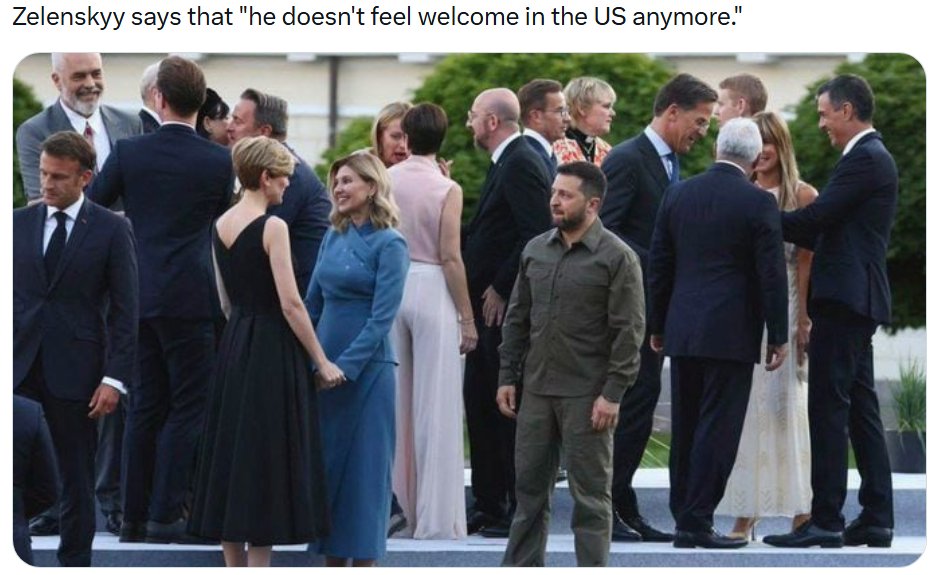
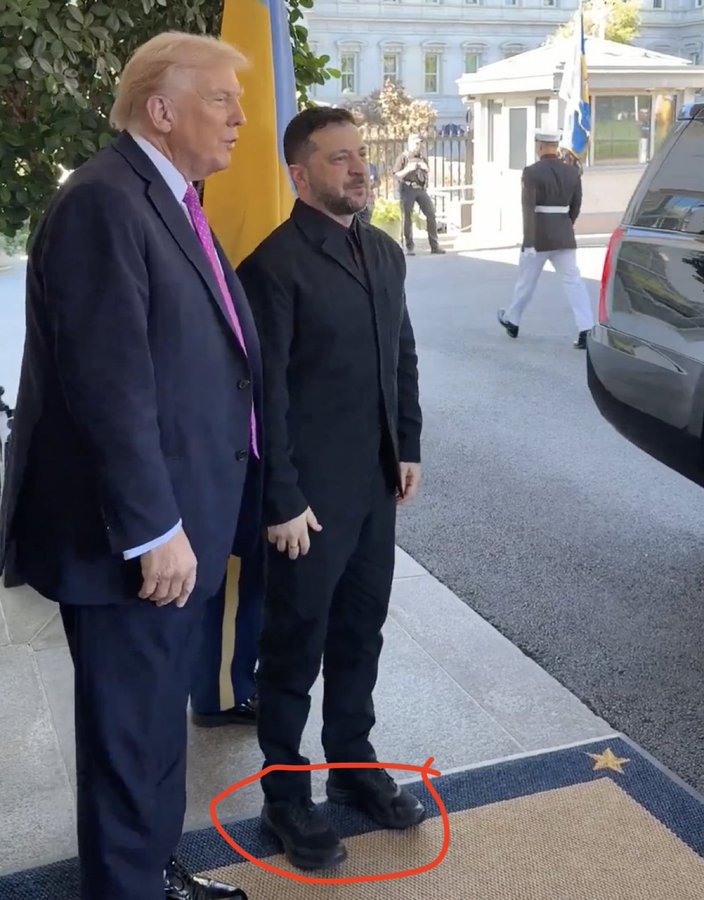
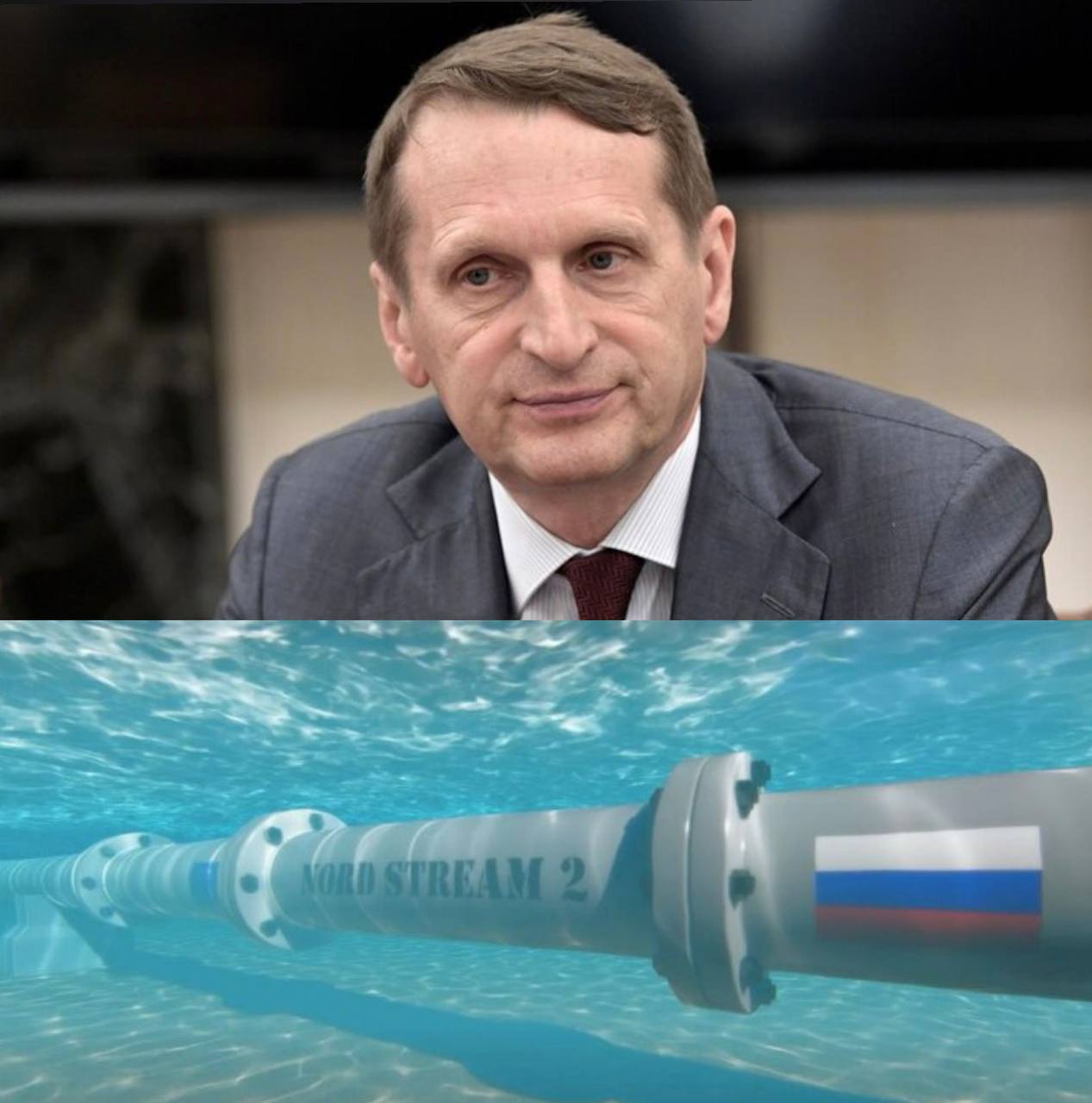
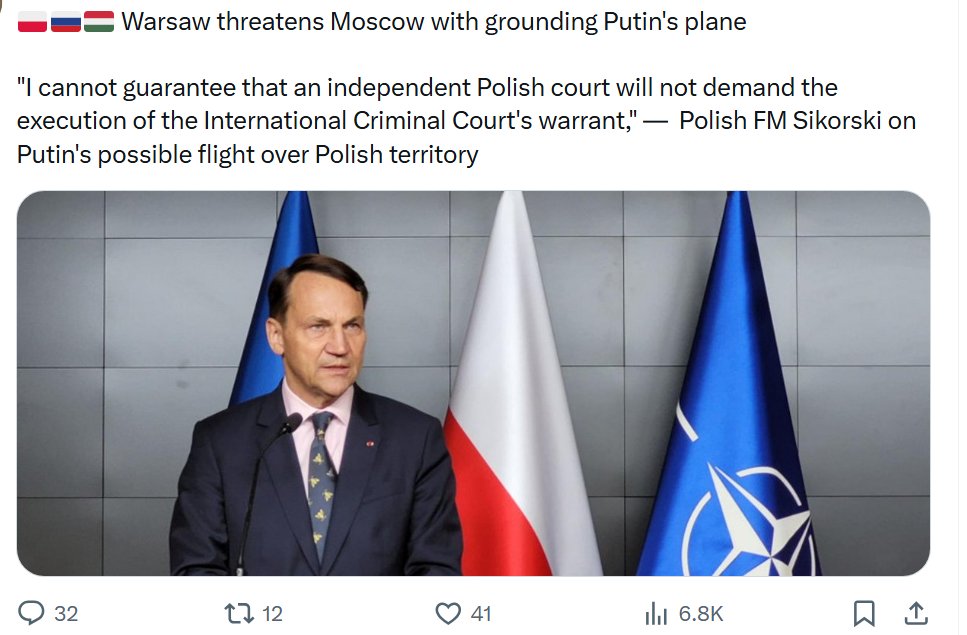
"For as long as it takes"
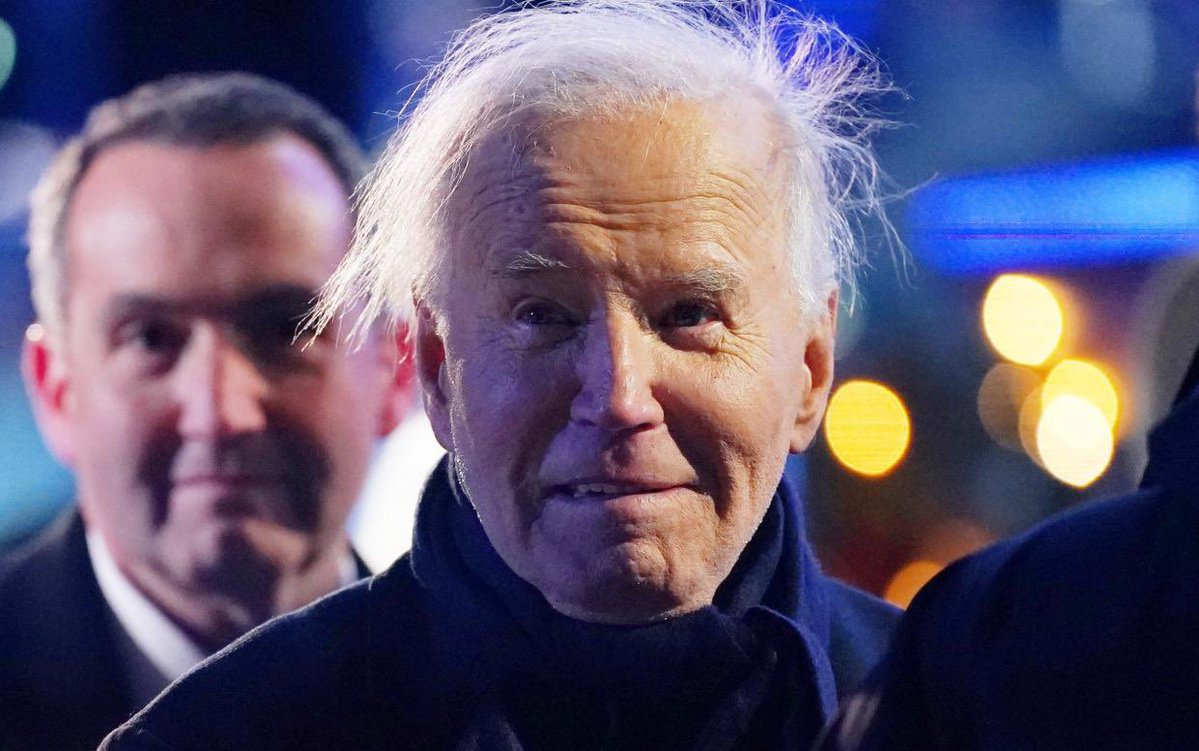

The Financial Times finally said the quiet part out loud: Germany is collapsing — and the EU helped push it off the clif
Steel plants are closing. Car factories are shrinking. Business leaders are openly furious. The so-called “sick man of Europe” is sick again, but this time, the disease isn’t inefficiency. It’s economic suicide engineered by unelected EU elites and enforced by obedient puppets like Friedrich Merz.
The U.S. may have benefited, but the executioner stood in Brussels. Ursula von der Leyen and the Eurocrat caste led the charge: de-industrialize Germany, sanction Moscow, and send tanks to Ukraine while the German worker foots the bill. For what? Kiev was always going lose. Yet EU elites demand more tribute... more weapons, more factories shut, more pain.
And now?
🔻 German steel production down 12%
🔻 2 million fewer cars made than in 2017
🔻 Green levies and gas rationing
🔻 U.S. tariffs slap Germany while Berlin stays muzzled
Germany isn’t “testing Europe’s patience.” Europe’s elites tested Germany’s limits, and they snapped them.
Disclaimer: Opinions posted on Free Republic are those of the individual posters and do not necessarily represent the opinion of Free Republic or its management. All materials posted herein are protected by copyright law and the exemption for fair use of copyrighted works.